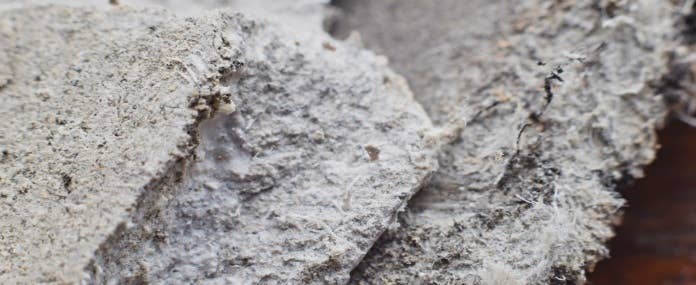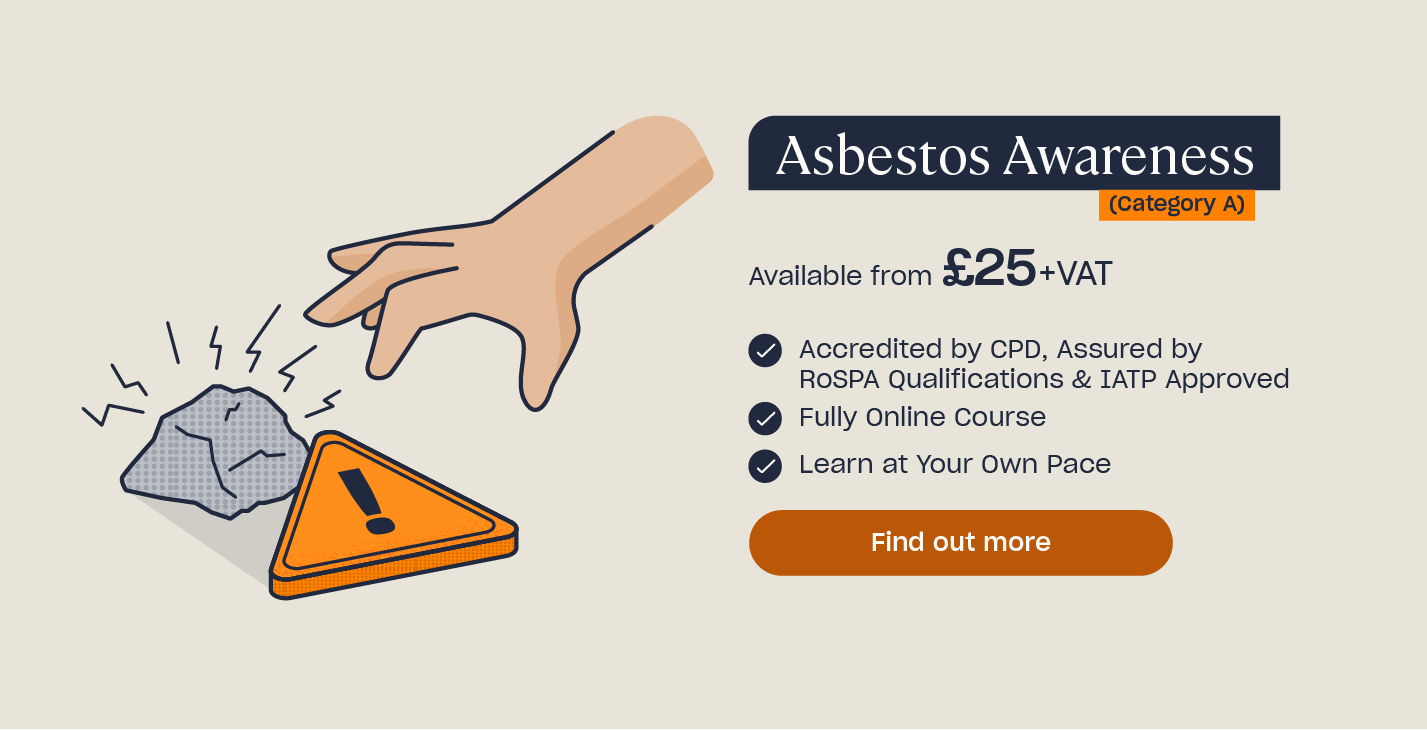Can You Remove Asbestos Yourself?
Asbestos is a naturally occurring, fibrous material that used to be woven into fabrics or mixed in cement for electrical or building insulation. Although its use was banned in 1999 in the UK, asbestos can still be found in buildings where it was used predominantly from the 1950s to the 1980s.
If your home was built before 2000, there is a possibility that asbestos was used in the process. You may discover it in your home, your garage, or elsewhere, especially while carrying out DIY or renovations. As it is incredibly dangerous and life threatening if disturbed, you must know what to do if you come across it.
Can I Remove Asbestos Myself?
You must never handle or try to remove asbestos yourself. Asbestos becomes harmful once it has been disturbed, as this causes the fibres to be released, which then may be inhaled. If you encounter what you suspect to be asbestos, you must not touch it. Instead, you should keep it isolated and seek specialist advice. If it is asbestos, then only professionals who are specifically trained to manage it should handle and remove it.
If you were to try to remove asbestos yourself, you would put yourself and those around you at serious risk. Disturbed asbestos can cause those who are in the vicinity to breath in the particles and potentially develop diseases including mesothelioma, asbestosis, asbestos-related lung cancer and pleural thickening.
This tends to happen over a sustained period of time due to extended exposure. However, as asbestos is hard to identify (with fibres about 10 times smaller than the width of a human hair), it is highly likely that these particles will remain in your home if you do attempt to remove it yourself. This means that you and others could be breathing asbestos in over time and at risk of becoming seriously ill.

Does This Apply to All Types of Asbestos?
In short, yes, you must never try to remove any type of asbestos yourself. Every type of asbestos requires a trained professional to come and remove it from the premises.
Asbestos covers six different types of minerals that belong to two mineral families, serpentine and amphibole. All types are harmful to the health of humans if the asbestos is disturbed and the fibres are then dispersed into the air. You can find out more about each of the types of asbestos below:
- Chrysotile (white asbestos) is the most commonly used type and it often contains small amounts of tremolite, another type of asbestos. The fibres can be identified by their fine texture and are commonly used in the roofs, ceilings, walls and floors of homes and businesses.
- Amosite (brown asbestos) is a strong, heat-resistant type of asbestos that was often used in cement sheet, plumbing insulation and electrical insulation. Though all types of asbestos are toxic, amosite asbestos exposure has a comparatively higher cancer risk.
- Crocidolite (blue asbestos) also has very thin fibres and is brittle in nature. This makes it one of the most harmful forms of asbestos because its composition means that it easily breaks down, leading to an increased risk of asbestos exposure.
- Tremolite is often found as a contaminant in chrysotile asbestos. It may be in paints, sealants, asbestos-containing insulation products and talc products. It comes in several different colours, including white, green and grey.
- Actinolite fibres are lightweight and tend to be dark in colour. It can be found in many forms, including brittle and fibrous or dense and compact, and is often used in paints, sealants and drywall.
- Anthophyllite fibres are a grey-brown colour and are commonly found as a contaminant in composite flooring. It was regularly used in products containing vermiculite and talc, such as talcum powder.
Although these types have different qualities and functions, they are all hazardous to human health. If you come across what you suspect to be any of the types of asbestos, you must not touch it. Instead, every type will require professional removal to ensure all asbestos is removed and done so safely.

If you want more information about identifying asbestos or are undertaking work where there is a possibility that you may encounter asbestos, you may want to undertake a training course. You can find out more about our Asbestos Awareness (Category A) course here. Remember that if you have found (or suspect you may have found) asbestos, you must never try to remove it yourself and should instead contact a specialist for assistance.
Further Resources
- Answering Your Asbestos Awareness Questions
- What is Asbestos?
- What are the Symptoms of Asbestos Exposure?
- Asbestos Colours: What is the Most Dangerous Asbestos Colour?
- Asbestos Quiz
- What is Asbestos Awareness Training & Who Needs it?
- What to Do After Recent Exposure to Asbestos
- What Are The Three Types of Asbestos Training?
- How to Conduct an Asbestos Risk Assessment







